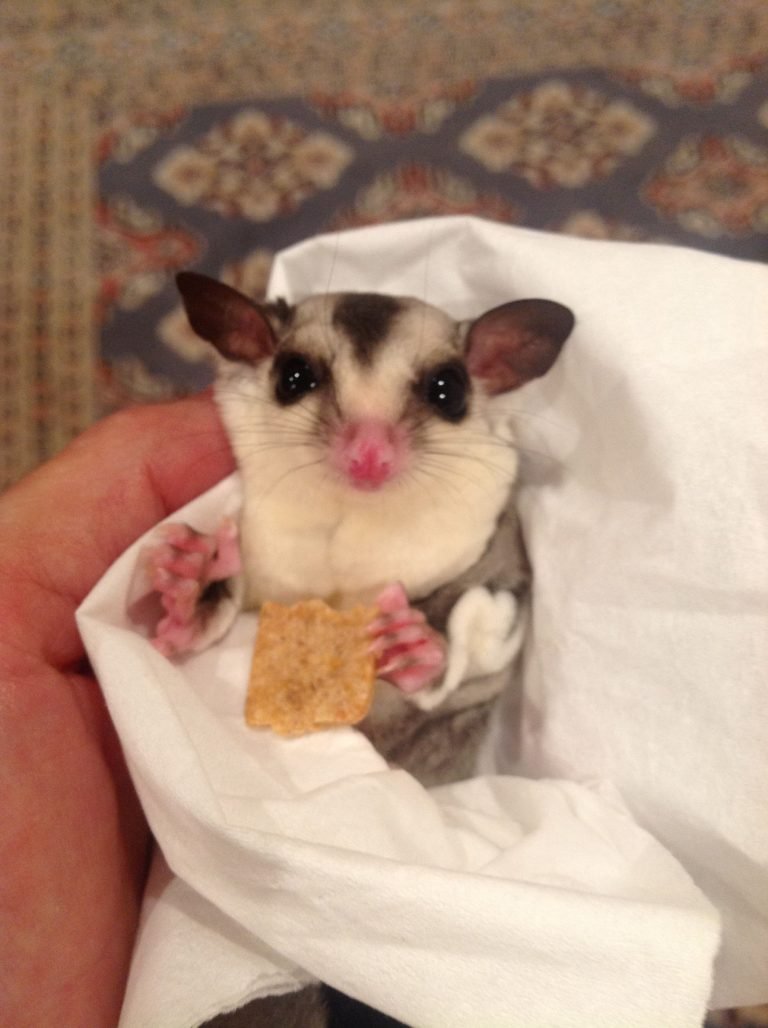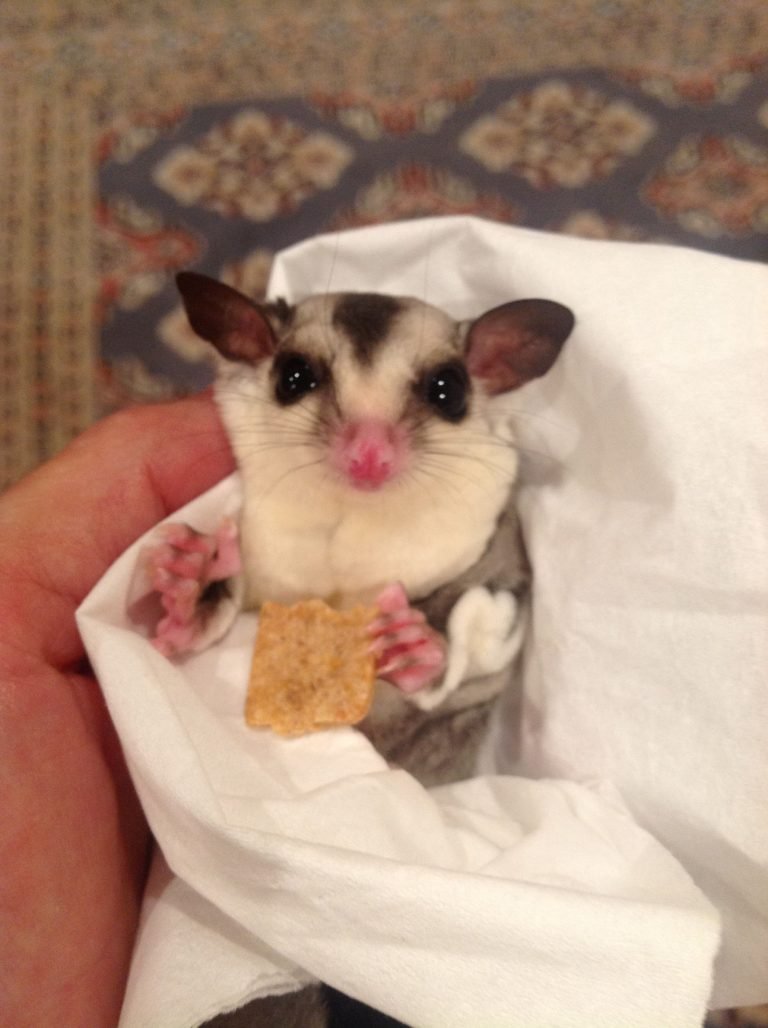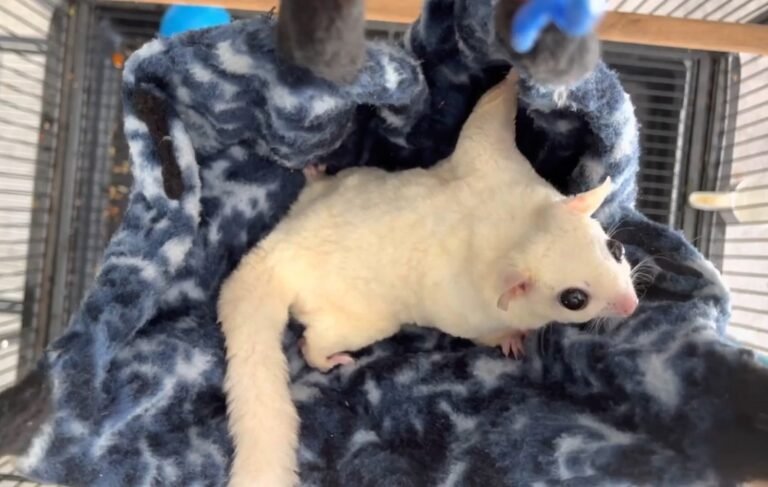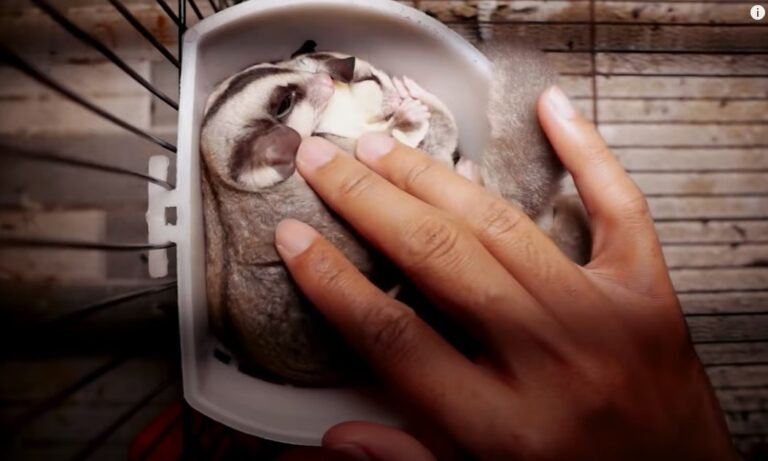How To Make Sugar Glider Cage
Making a sugar glider cage can be a fun and rewarding project for pet owners who want to provide a comfortable and safe environment for their furry friends. Whether you are a seasoned DIY enthusiast or a beginner, building a sugar glider cage allows you to customize their habitat to suit their needs. In this article, we will guide you through the process of making a sugar glider cage step by step. So, let’s get started!
Materials and Tools You’ll Need
Before we dive into the detailed steps, let’s take a look at the materials and tools required to make a sugar glider cage:
Materials:
1. Wire mesh or hardware cloth
2. Wooden planks or PVC pipes for framing
3. Plywood or solid panels for the cage base
4. Latches or hinges for the doors
5. Screws or nails for assembly
6. Sandpaper or a sander for smoothing edges
7. Paint or stain for finishing (if desired)
8. Accessories such as perches, hammocks, and feeding bowls
Tools:
1. Measuring tape
2. Saw or PVC cutter
3. Wire cutters
4. Drill or screwdriver
5. Staple gun or nails
6. Paintbrushes or foam rollers (if painting)
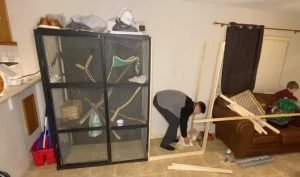
Step 1: Plan and Design
The first step in making a sugar glider cage is to plan and design the structure. Consider the size and number of sugar gliders you have, as well as their habits and behaviors. The cage should be spacious enough to allow them to move around and climb, with multiple levels and platforms for exercise. Sketch out your design and calculate the dimensions of each component based on your requirements.
Step 2: Frame Construction
Next, construct the frame of the cage using wooden planks or PVC pipes. Cut the pieces to the desired lengths according to your design. If using wood, sand the edges to prevent any potential splinters. Connect the pieces securely using screws or nails. Ensure the frame is sturdy and stable to support the weight of the cage.
Step 3: Mesh Installation
Once the frame is complete, it’s time to install the wire mesh or hardware cloth on the sides and top of the cage. Measure and cut the mesh according to the dimensions of each section. Attach the mesh securely to the frame using a staple gun or nails. Make sure there are no sharp edges or protruding wires that could harm your sugar gliders.
Step 4: Cage Base
For the cage base, you can use plywood or solid panels that are easy to clean and maintain. Cut the base panel to the desired size and shape. Ensure that it fits snugly within the frame. You can attach the base panel to the frame using screws or nails. Remember to leave a small gap for the removable tray if you plan to have one for easy cleaning.
Step 5: Doors and Accessories
To provide access to the cage, create doors using wooden planks or mesh panels. Cut them to the appropriate size and attach hinges and latches to allow for easy opening and closing. Additionally, you can add accessories such as perches, hammocks, and feeding bowls to enhance your sugar gliders’ environment. Ensure these accessories are securely attached and easily accessible.
Step 6: Finishing Touches
If desired, you can add a finishing touch to your sugar glider cage by painting or staining the wooden components. Choose non-toxic, pet-safe paint or stain to avoid any harm to your sugar gliders. Allow the paint or stain to dry completely before introducing your sugar gliders to their new cage.
Congratulations! You have now successfully built a sugar glider cage and created a safe and comfortable home for your furry friends.
Frequently Asked Questions
1: How big should a sugar glider cage be?
The size of a sugar glider cage depends on the number of gliders you have and their activity level. Ideally, the cage should have a minimum size of 24 inches in length, 24 inches in width, and 36 inches in height for one or two gliders. However, the larger the cage, the better it is for the gliders to roam and exercise.
2: Can I use a bird cage for sugar gliders?
While some bird cages may appear similar to sugar glider cages, they are not suitable for sugar gliders. Bird cages often have bars that are spaced too far apart, allowing the gliders to escape or injure themselves. Sugar glider cages require a smaller wire mesh or hardware cloth to ensure the safety of your pets.
3: How often should I clean the sugar glider cage?
It is important to clean the sugar glider cage regularly to maintain hygiene and prevent odors. The cage should be spot-cleaned daily, removing any soiled bedding or waste. A thorough cleaning, including changing the bedding and disinfecting the cage, should be done at least once a week.
Final Thoughts
Building a sugar glider cage is not only a practical project but also an opportunity to showcase your creativity and provide a suitable habitat for your beloved pets. By following the steps outlined in this article and considering the specific needs of your sugar gliders, you can create a safe, comfortable, and stimulating environment for them to thrive. So go ahead, grab your tools, and start building the perfect sugar glider cage!


